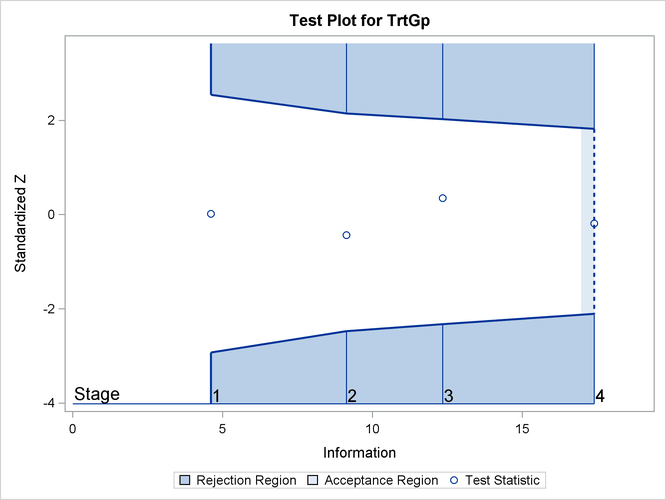
It can be used to compute conservative confidence intervals for a group sequential test in which an adaptive design change is made one or more times over the course of the trial. This method is an extension of the repeated confidence intervals (RCIs) proposed by Jennison and Turnbull (J. The Repeated Confidence Interval (RCI) Method The estimation methods are consistent with corresponding hypothesis tests and the confidence interval at the final analysis provides exact coverage of the unknown treatment effect.īelow is a brief overview of the two types of parameter estimation methods: In the fourth webinar of the ‘Keeping the Promise’ webinar series, Professor Mehta generalizes these methods so as to accommodate adaptive sample size re-estimation and adaptive changes in the number and spacing of the interim looks. For classical group sequential trials involving no adaptation, one can compute a repeated confidence interval at each interim look and a stage-wise adjusted confidence interval at the final look. However, methods for obtaining statistically valid point estimates and confidence intervals are not as well-established or as well-understood. Statistical methods for controlling the type-I error of hypothesis tests in adaptive group sequential clinical trials are well-established and well-understood.


During the first webinar of ‘Keeping the Promise Anniversary Celebrations’, Professor Mehta presented on a unified approach to controlling the type-1 error. Since its introduction 10 years ago by Cytel co-founder Professor Cyrus Mehta and Professor Stuart Pocock of the London School of Hygiene and Tropical Medicine, it has been widely debated and explored. The promising zone design is an adaptive design which allows for sample size re-estimation based on the results of an interim analysis.


 0 kommentar(er)
0 kommentar(er)
